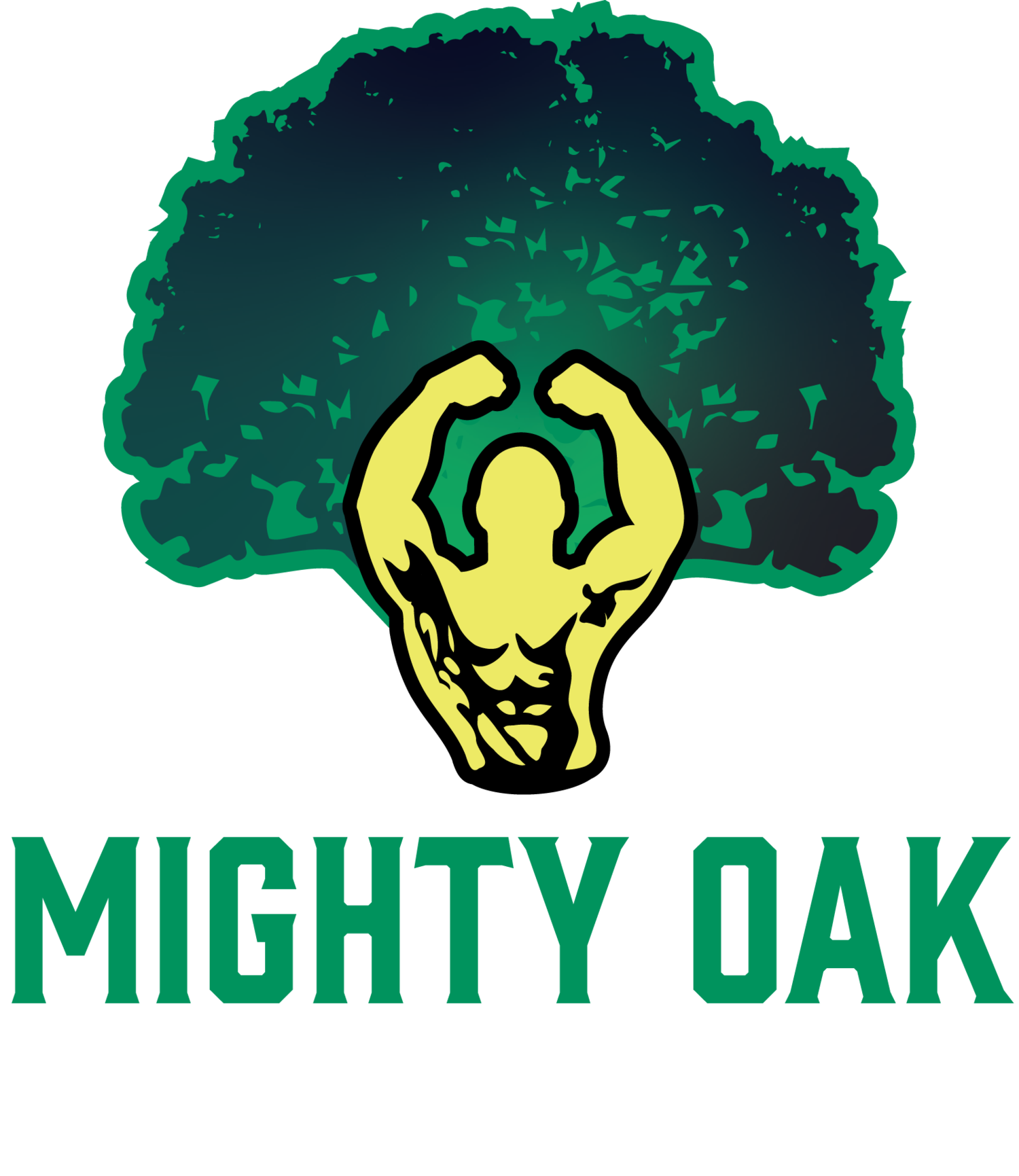The Ultimate Guide to Mastering the Core Components of Strength Training
Core Components of Strength Training
In the realm of physical fitness and athletic development, strength training emerges as a cornerstone, essential for cultivating a well-rounded and resilient athlete. The Kingdom of Strength Training, as conceptualized through a comprehensive mind map, delineates the core components that contribute to a robust training regimen. These components include Resistance Training Techniques, Plyometrics, Speed and Agility Drills, Flexibility and Mobility Work, and Recovery Techniques. Each domain plays a pivotal role in shaping an athlete's performance, endurance, and overall health.
Resistance Training Techniques
At the heart of strength training lies Resistance Training Techniques, a fundamental territory dedicated to building muscle mass, enhancing strength, and improving bone density. This domain is rich in diversity, offering various methods to suit individual needs and goals. Free weights, the traditional bastions of resistance training, challenge the body through a range of motions, fostering muscle growth and coordination. Bodyweight exercises, on the other hand, utilize the athlete's own weight to provide resistance, emphasizing control and functional strength. Resistance bands, with their versatility and portability, introduce a dynamic aspect to training, allowing for a spectrum of resistance levels to accommodate progressive overload. Together, these techniques form the bedrock of resistance training, each contributing uniquely to the athlete's development.
Plyometrics
Venturing into the Plyometric Plains, athletes encounter explosive movements designed to increase power and speed. Plyometrics, or jump training, is characterized by intense, maximal efforts over short intervals. This form of training capitalizes on the stretch-shortening cycle of muscle contractions, enhancing the muscle's ability to generate force rapidly. Plyometrics is not merely about jumping higher or farther; it's about improving the efficiency of the neuromuscular system, leading to significant gains in performance across various sports and activities.
Speed and Agility Drills
The Speedy Savannahs of the Kingdom of Strength Training are dedicated to the cultivation of speed and agility. Here, athletes engage in drills that refine their ability to accelerate, decelerate, and change directions swiftly. These practices are crucial for athletes in sports where quick reflexes and fast movements are the keys to success. Through ladder drills, cone drills, and sprinting exercises, athletes enhance their coordination, balance, and reaction times, making them more adept and responsive competitors.
Flexibility and Mobility Work
Within the Flexible Forests, athletes focus on flexibility and mobility work, essential components for maintaining a healthy, functional body. This domain emphasizes exercises that increase the range of motion, such as yoga, dynamic stretching, and mobility drills. Such practices not only aid in injury prevention but also ensure that athletes can perform movements efficiently and effectively. By prioritizing flexibility and mobility, athletes can enjoy a greater freedom of movement, leading to improved performance and reduced risk of injury.
Recovery Techniques
Lastly, the Recovery Riviera shines a light on the often-overlooked aspect of athletic training: recovery. Active recovery practices, adequate sleep, and proper nutrition are the pillars of this domain. They support the body's healing process, replenish energy stores, and repair muscle tissues. Active recovery, involving light exercise on rest days, enhances blood circulation and aids in the removal of metabolic waste. Sleep, an integral component of recovery, facilitates hormonal balance and muscle repair. Nutrition, tailored to the athlete's specific needs, provides the essential nutrients for recovery and performance. Together, these recovery techniques ensure that athletes can train consistently and effectively, minimizing downtime and maximizing gains.
The Kingdom of Strength Training, with its diverse territories, offers a holistic approach to athletic development. By navigating through the Resistance Realm, Plyometric Plains, Speedy Savannahs, Flexible Forests, and Recovery Riviera, athletes can build a comprehensive training regimen that fosters growth, resilience, and peak performance. Understanding and integrating these core components into one's training philosophy is crucial for achieving athletic excellence and sustaining a healthy, active lifestyle. Mighty Oak Athletic, through this exploration, champions the cause of well-rounded strength training, empowering athletes to reach their highest potential.

